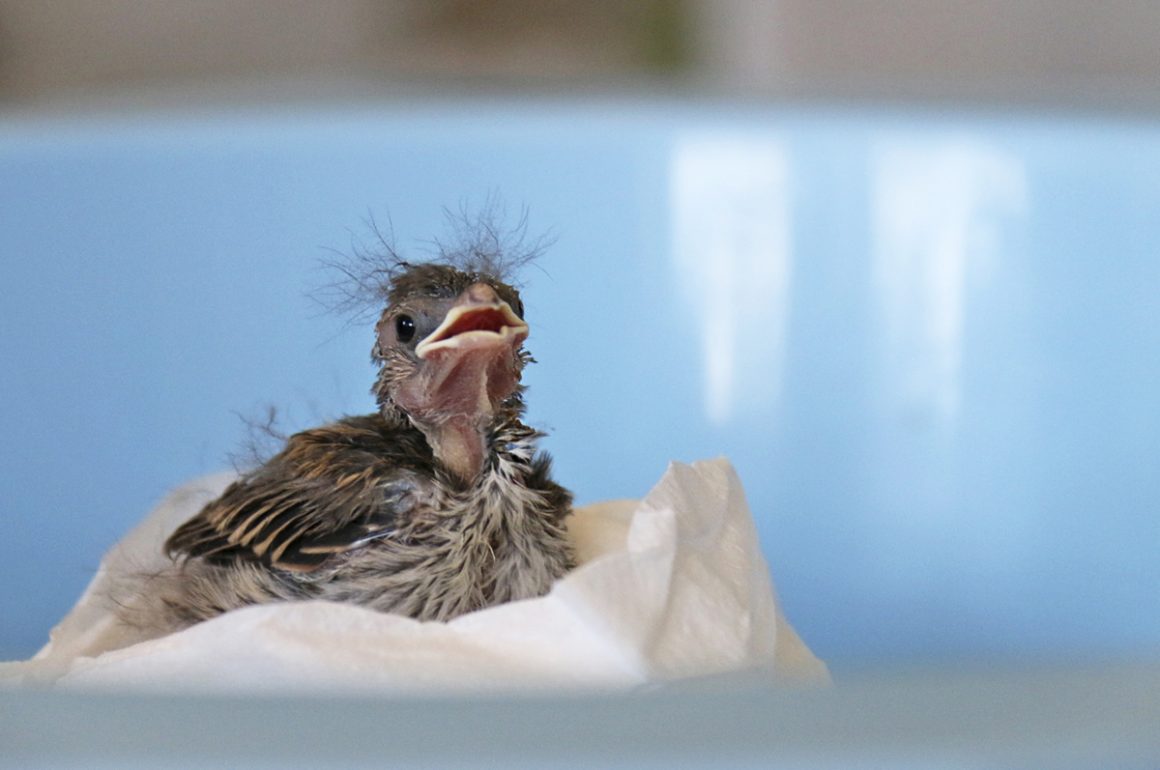
By Lisa Smith, NWRA (National Wildlife Rehabilitators Association)
Lisa is a lifelong birder and has over 20 years of experience in wildlife rehabilitation. One of her areas of interest is educating the public about how to live in our wild neighbors’ habitats with minimal detriment to the animals and how to keep wildlife safe and thriving on a planet with an ever-increasing human population.
Note: In many countries, native wild birds are protected under national law, and permits or licenses are required to care for these native wild birds. This is done for the birds’ protection, as they will receive better care and their best chance of returning to the wild from a professional wildlife rehabilitator. Professional wildlife rehabilitators have the knowledge and expertise to assess injuries, administer medical treatment as needed, and provide appropriate, species-specific diets that meet the high nutritional needs of young songbirds. It is also done to protect human caregivers, as some birds can present physical or biological (disease, parasites) risks to untrained handlers.
Spring and summer are nesting season for songbirds around the globe, and it’s common for humans to encounter baby songbirds during this season.
It’s also common for people to want to help a baby bird that appears helpless.
Before you act, the first thing to determine is whether you are looking at a young songbird that is not yet ready to leave the nest (a “nestling”) or an older baby songbird that is supposed to be out of the nest (“a fledgling”).
The vast majority of “abandoned” baby birds are perfectly healthy fledglings whose parents are nearby and watching them. The adult birds may or may not make their presence known. Some parent songbirds will aggressively swoop at a human predator in an effort to make the human leave the baby bird alone. Others will scold loudly from nearby, again to try to draw the predator away from their young. These vocalizations may not be noticed by an inexperienced observer.
If a young songbird has feathers and can stand or fly a short distance, and it appears alert and active, it is most likely a healthy fledgling that should be left in its parents’ care. It is normal for fledgling birds to be on the ground; they need time—several days to several weeks—to learn how to fly and find food.
If the young bird is in a dangerous location, like near a road or mowing equipment, it can be picked up and moved into a nearby bush or tree. The parents will find it and continue to care for it. It is not true that parents will reject a baby bird that has been handled by humans. They will return to feed their baby as it calls for food.
If you want to ensure that the parent(s) return to feed the baby, watch the young bird from a safe distance, preferably indoors. Many wild birds will not return to feed their young if you are visible and/or in the immediate area.
If you encounter a younger songbird that does not have feathers on its body or cannot stand or hop, then it is too young to be out of the nest. Nestling songbirds fall out of their nests for a variety of reasons. If a single nestling has fallen out of its nest, it could be because of competition from its siblings or a developmental or health issue with the nestling. If the nestling is warm and active, it could be replaced in the nest; however, if the other nestlings are close to fledging, then you must be very careful that your actions do not cause the other nestlings to “fright fledge.” Nestlings will fledge prematurely if they sense imminent danger from a predator like a human.
A more common scenario is that an entire nest of songbirds is disturbed from storms or human activity. In this scenario, the nest—or an appropriate makeshift nest—can be secured in a tree or bush near the original nest site and monitored from a distance to see if the parent birds return (see above). This strategy works well when the nestlings are still warm and active. If they have become chilled, then the nestlings may not actively call to the parents for food. There are a number of online resources describing how to successfully return nestlings to their parents’ care and what trouble signs to look for. It is generally not recommended to try to feed or provide water to nestling songbirds if you are not trained. The opening to songbirds’ trachea is on the floor of their mouth, which makes it easy for them to inhale (aspirate) water or wet food. This can cause pneumonia.
Any young bird that has been in the mouth of a cat or a dog needs medical attention. Puncture wounds can be very small and difficult to see if the bird is feathered. The bacteria present in cat and dog mouths can cause a fatal systemic infection in birds of any age if the bird does not receive appropriate antibiotic therapy.
Like a lot of conservation efforts, education and prevention are the best ways to help baby songbirds. Educate your friends, family, neighbors, and yourself about the nestling phase and fledging process. If you find a nest with baby songbirds in it, keep cats and dogs indoors or away from the site around the time you think the birds will fledge. If you provide nestboxes for cavity-nesting songbirds, keep them clean and in good repair. Providing native shrubs and trees that help feed young songbirds or provide nesting habitat is another great way to support the songbirds in your area.
Resources:
https://www.nwrawildlife.org/page/Found_Injured_Wildlife
https://theiwrc.org/resources/emergency
https://www.allaboutbirds.org/news/i-found-a-baby-bird-what-do-i-do/
https://www.paws.org/wildlife/found-a-wild-animal
https://wildlifecenter.org/help-advice/healthy-young-wildlife/if-you-find-baby-bird
https://spca.bc.ca/faqs/i-found-baby-bird/
https://www.rspca.org.uk/adviceandwelfare/wildlife/birds/baby
https://www.johannesburgwildlifevet.com/found-a-baby-bird.html
Cover Photo: Chipping Sparrow by Tri-State Bird Rescue & Research, Inc.


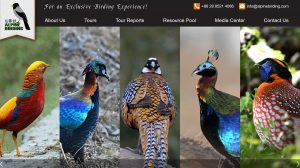
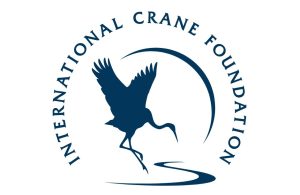
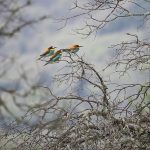
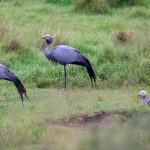



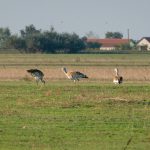

“It is normal for fledgling birds to be on the ground…” This is false and I’m disappointed to see our national professional organization continuing to promote this myth.
It is normal for fledglings of SOME species in North America to be on the ground unable to fly. However, for more than 50% of the 70+ passerine species we care for at Native Songbird Care & Conservation in California, it is absolutely NOT normal for healthy fledglings of those species to be on the ground. Fledglings of those species, such as swallows and flycatchers, are fully or mostly flighted when they fledge the nest. Advising the public to leave them on the ground or stuff them in a bush would most likely result in the death of that young bird.
It’s time our community of professionals change how we speak about and address the needs of songbirds. They are not all one species and should not be treated as such – in fact, they are the most diverse group of wildlife we have the privilege to care for as wildlife rehabilitation professionals. We owe it to them be more knowledgeable about their diversity and unique needs.